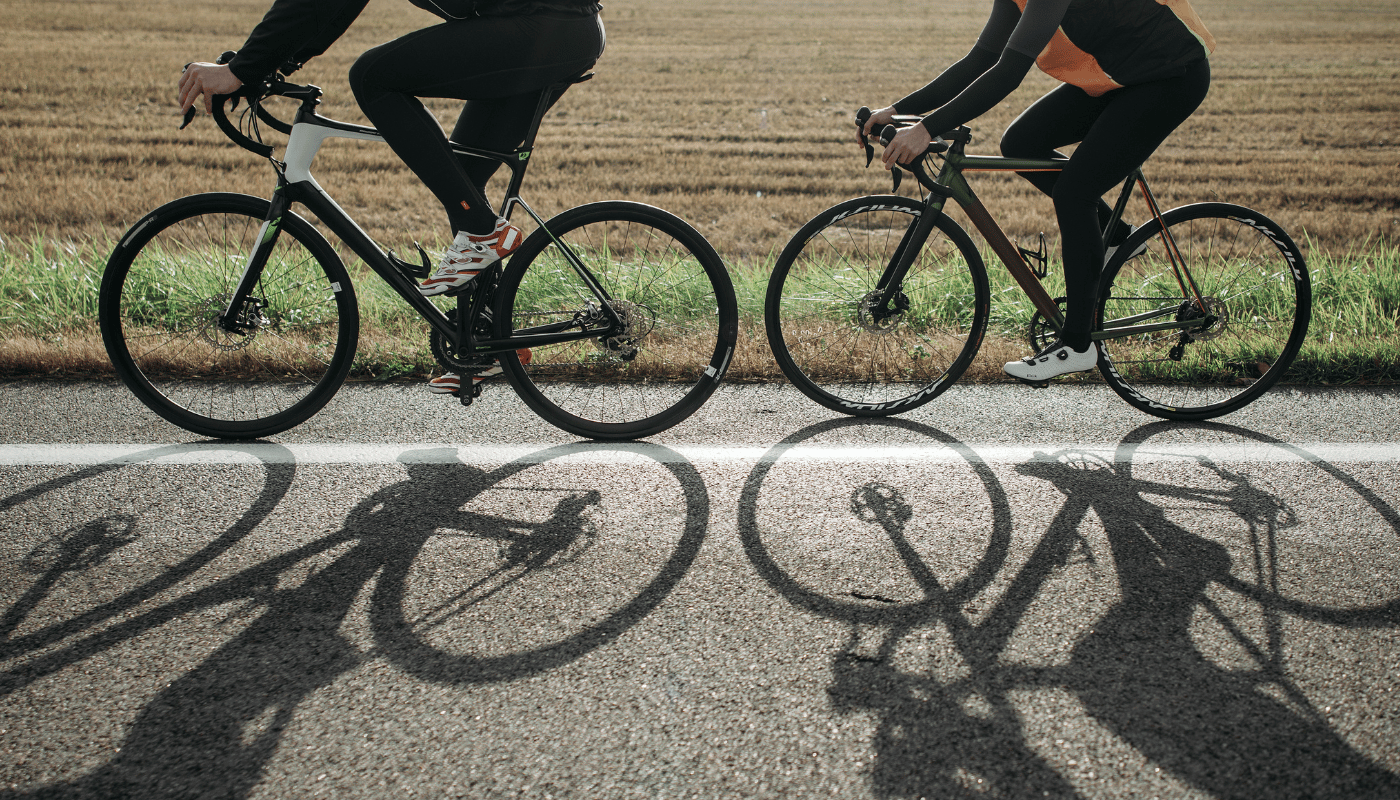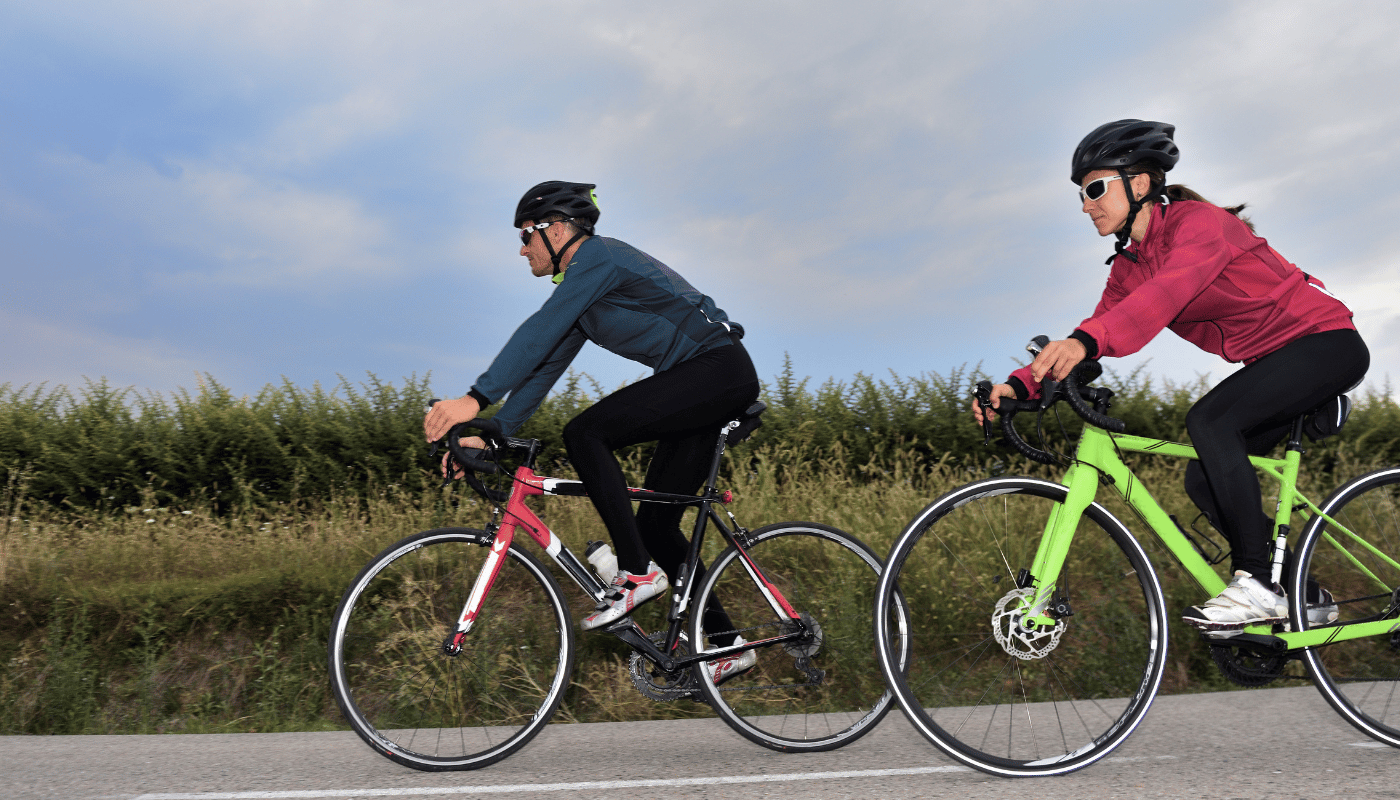Embarking on a cycling journey but puzzled about dressing right for the weather? The key to comfort and performance on your bike lies in adapting your outfit to the temperature. Whether you’re pedaling through a chilly morning or under the blazing sun, our comprehensive guide on what to wear cycling across different temperature ranges promises to keep you well-prepared. Gear up to unlock the secret to optimizing your cycling experience, regardless of what the thermometer reads.
Understanding Layering Basics
When it comes to cycling, knowing what to wear at different temperatures is crucial for both comfort and performance. The core principle behind choosing the right cycling weather clothing lies in mastering the art of layering. This strategy allows cyclists to adjust their outfit in response to changing weather conditions, ensuring that they remain neither too hot nor too cold during their ride. At its essence, layering involves three key components: the base layer, the mid layer, and the outer layer.
The base layer is designed to manage moisture, wicking sweat away from your skin to keep you dry. This is vital, as damp skin significantly increases the risk of discomfort and chills. Materials like polyester and merino wool are excellent for base layers due to their moisture-wicking properties. The mid layer serves as the insulating component, trapping air to retain body heat. Its thickness will vary depending on the weather, with options ranging from light fleece to heavier thermal fabrics. Lastly, the outer layer protects against wind and rain. This layer should be breathable to prevent overheating, while also being waterproof or water-resistant to shield against the elements.
Effectively combining these layers allows for flexibility. Cyclists can add or remove pieces based on the current temperature and their personal comfort level, making layering the most efficient way to tackle the challenge of cycling at different temperatures. By understanding and applying these basics, cyclists can ensure they are adequately prepared for any cycling weather clothing scenario, focusing on their performance rather than the weather.
- Choose a moisture-wicking base layer.
- Select an appropriate mid layer for insulation.
- Invest in a breathable, waterproof outer layer.
- Adjust layers based on the current temperature and personal comfort.
- Remember to consider the wind chill factor and precipitation in your layering strategy.
In essence, understanding layering basics is about more than just knowing what to wear cycling at different temperatures; it’s about equipping yourself to face the dynamic nature of the environment. By mastering these principles, cyclists can ensure they are ready for whatever conditions they might encounter, focusing on the joy of the ride rather than the discomfort of being improperly dressed.
Dressing for Cold Rides
Embarking on a cold-weather cycling journey demands thoughtful preparation and attire selection to ensure comfort, safety, and enjoyment. The cycling temperature guide serves as a crucial tool in this decision-making process, helping cyclists navigate through the chilly conditions with ease. Adhering to a strategic layering system is paramount, as it provides the flexibility to adjust to varying temperatures and personal comfort levels. The base layer, ideally made from moisture-wicking materials, plays a pivotal role in keeping the skin dry. A thermal or insulating mid-layer retains body heat, while a windproof and waterproof outer layer shields against harsh weather elements. Despite the instinct to bundle up, avoiding excessive bulk is essential to maintain mobility and prevent overheating during intense efforts.
When temperatures plummet, extremities become particularly vulnerable to the cold, making proper accessories a necessity. Gloves or mittens, thermal socks, and shoe covers ensure warmth and protection for the hands and feet. A snug-fitting, thermal cap or balaclava worn under the helmet provides essential warmth for the head and ears, often overlooked yet critical areas prone to heat loss. The choice of eyewear should not be neglected, as it safeguards the eyes from the icy wind and potential road spray. This comprehensive approach to dressing for cold rides is not only about comfort but also about enhancing performance and safety during winter cycling endeavors.
Understanding the intricate balance between insulation and breathability can significantly enhance the cold-weather cycling experience. The cycling temperature guide underscores the importance of materials and fabrics that offer thermal regulation while allowing moisture to escape. This ensures that cyclists remain warm without succumbing to the dampness caused by perspiration, which can lead to discomfort and chilling. Adjusting layers at rest stops or during varying intensities of activity can help maintain an optimal body temperature, making every cold ride a more enjoyable and successful adventure.
| Temperature Range (°F) | Suggested Base Layer | Additional Recommendations |
|---|---|---|
| 32°F and below | Heavyweight, thermal | Windproof and waterproof outer layer, thermal gloves, shoe covers |
| 33°F – 45°F | Midweight, moisture-wicking | Thermal bib tights, insulated gloves, skull cap |
| 46°F – 55°F | Lightweight, breathable | Light jacket or vest, toe covers, full-finger gloves |
| 56°F – 65°F | Lightweight, moisture-wicking | Arm and leg warmers, lightweight gloves |
| 66°F and above | Very lightweight, breathable | Minimal accessories required |
Gear for Warm Weather Cycling
When the mercury rises, choosing the right gear for warm weather cycling becomes crucial to ensure comfort and enhance performance. The primary goal is to maintain optimal body temperature while minimizing sun exposure. A lightweight, breathable jersey paired with bib shorts offers a good starting point. These garments are designed to wick moisture away from the body, keeping you dry and cool. Additionally, the use of sunscreen on exposed skin and a lightweight cap under your helmet can provide necessary protection against harmful UV rays.
For those wondering about what to wear cycling in winter or what to wear cycling 50 degrees, layering is key. However, during warmer months, reducing layers and opting for materials that offer ventilation and quick-drying properties is advisable. Accessories like arm and leg sleeves can be beneficial for early morning rides when the temperature is cooler, providing flexibility to adapt as the day warms up. A good pair of sunglasses and fingerless gloves will also enhance your riding experience, protecting your eyes from glare and your hands from blisters.
Understanding how to adapt your cycling wardrobe as the seasons change ensures that you’re prepared for any weather condition. While gear for warm weather cycling focuses on breathability and UV protection, transitioning to cooler climates or variable conditions like those at 50 degrees necessitates additional layers that can be removed or added easily. This adaptability in your cycling apparel arsenal allows for uninterrupted riding pleasure, regardless of the thermometer’s reading.
Essential Accessories for Warm Weather Cycling
- Lightweight, breathable jersey
- Bib shorts for comfort on long rides
- UV-blocking sunscreen
- Ventilated helmet
- Performance sunglasses
Transitional Seasons: Spring and Fall
Dressing for cycling during the transitional seasons of spring and fall can be particularly challenging due to the unpredictable weather patterns. These seasons are characterized by a significant variation in temperatures throughout the day, necessitating a versatile and layered approach to cycling attire. In the mornings, temperatures can be brisk, requiring layers that can be easily removed as the day warms up. A key piece of advice for cyclists during these seasons is to focus on breathability and insulation.
The core principle of dressing for spring and fall cycling is to start with a moisture-wicking base layer that keeps sweat away from your skin, followed by an insulating layer that traps heat, and finally, a windproof or water-resistant outer layer to protect against the elements. Accessories like arm warmers, knee warmers, and lightweight gloves can provide additional warmth during colder starts, with the advantage of being easily removed and stored once temperatures rise. Furthermore, wearing a cap under your helmet can help regulate body temperature by providing warmth in the morning and shielding from the sun later in the day. It’s also wise to choose fabrics that offer UV protection to safeguard against sun exposure during longer rides.
Additional Insights on Dressing for Transitional Seasons
Understanding the specific demands of spring and fall cycling can enhance comfort and performance. During these seasons, paying close attention to the weather forecast and planning your attire accordingly can make a significant difference. Reflective materials or elements are also crucial for safety, as daylight hours are changing, and visibility can vary. Layering remains the cornerstone of smart cycling attire in these seasons, allowing cyclists to adapt to changing conditions without compromising on comfort or performance.
Exploring Layering Strategies Further
Effective layering strategies are essential for navigating the transitional weather of spring and fall. This involves not just the selection of appropriate clothing items but also understanding how to adjust your layers during rides. Here are some key considerations:
- Always start with a good base layer that wicks away moisture effectively.
- Add an insulating layer that can be easily removed as temperatures rise.
- Opt for an outer layer that is both windproof and water-resistant.
- Do not underestimate the importance of accessories like gloves and caps.
- Consider the use of reflective materials for enhanced visibility during times of low light.
Accessories for Any Temperature
When it comes to cycling, selecting the right clothing for the temperature is crucial, but accessories also play a significant role in keeping you comfortable, regardless of the weather. For any cyclist, a few key accessories can make a considerable difference in their riding experience. Gloves, for instance, are essential not only for cold weather but also for providing grip and protecting your hands during long rides. Similarly, a high-quality, breathable helmet can offer comfort and safety, making it a non-negotiable part of your cycling kit.
Moreover, eyewear is critical for cyclists. Not only do they protect your eyes from harmful UV rays, but they also shield you from wind, dust, and debris, enhancing your visibility and focus on the road. Investing in a pair of sports sunglasses designed for varying light conditions can be a game-changer. Additionally, for those long rides, carrying a hydration pack is advisable to keep you hydrated without having to stop. These accessories, while seemingly minor, can significantly affect your cycling performance and comfort.
Lastly, consider the utility of a multi-tool. This compact yet versatile tool can be a lifesaver for making quick adjustments or repairs on the go. Whether it’s tightening a loose bolt or adjusting your seat height, a multi-tool ensures you’re prepared for common mechanical issues.
| Accessory | Function | Seasonal Relevance |
|---|---|---|
| Gloves | Grip and hand protection | All-season |
| Helmet | Safety and comfort | All-season |
| Eyewear | Protection and visibility | All-season |
| Hydration Pack | Hydration on the go | Warmer seasons |
| Multi-tool | Quick adjustments and repairs | All-season |
In conclusion, while the focus is often on clothing when preparing for cycling in various temperatures, accessories should not be overlooked. They not only enhance your safety and comfort but also ensure you’re well-prepared for the long haul, making your cycling experience more enjoyable and efficient. Therefore, carefully consider which accessories to include in your cycling kit to ensure you’re fully equipped for any adventure that lies ahead.



